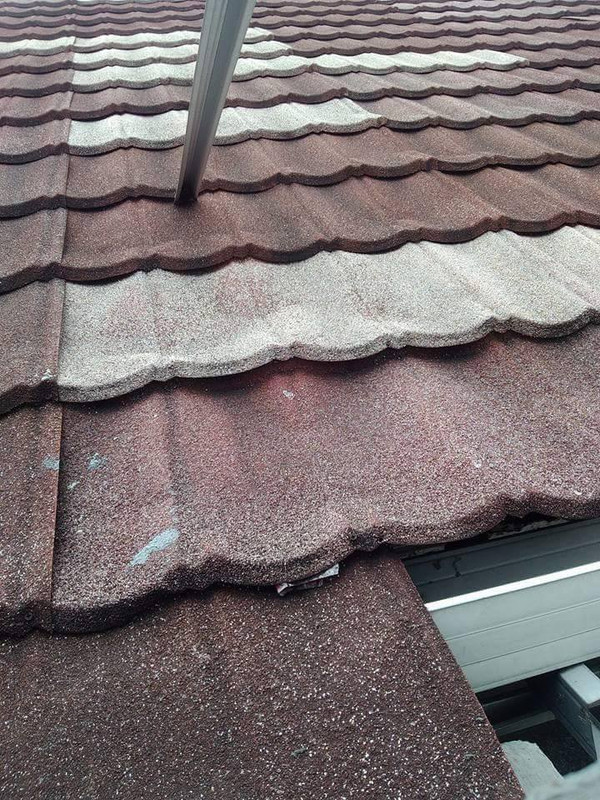Beranda > Artikel
Types of House Ceilings or Ceilings
The ceiling is the upper interior surface that is connected to the top of a room. Generally, the ceiling is not a structural element, but rather a surface that covers the floor of the roof structure above. Based on the development of the times, there are now many types of ceilings on the market, which you can apply to your home or other buildings.
Before choosing the model and basic material of the house ceiling that you will use in the design later, it's a good idea to know what types of ceilings there are and learn the advantages and disadvantages of each type of ceiling.
1. Plywood Ceiling
Plywood ceilings are a type of ceiling covering that is often used. The size of plywood on the market is 122 cm x 244 cm with a thickness of 3 mm, 4 mm and 6 mm. The installation of this ceiling can be installed in sheets without being cut or can be divided into four parts to make it easier to arrange and install. The ceiling frame can use 4/6 or 5/7 rafters with a wooden frame size of 60 cm x 60 cm.
The advantage of the plywood ceiling type is that the work process is easier and can be done by a carpenter so that you don't have difficulty in working on it. Plywood material is easily available on the market at a relatively cheap price and the lightweight material makes it easy for users to repair if there is damage to replace it.
The weakness of plywood is that it is not fire resistant so it is easily flammable and if it is often exposed to water or seepage it will be easily damaged.
2. Eternit or Asbestos Ceiling
In the market, the size of the eternit ceiling is 1.00 m x 1.00 m and 0.50 m x 1.00 m. The installation method is the same as the plywood ceiling. You can use 4/6 or 5/7 rafters with a wooden frame size of 60 cm x 60 cm for the ceiling frame.
The advantage is that apart from being easily available on the market, the work process is also easy so that there are no obstacles. The lightweight material makes it easy for users to replace it if there is damage.
The weakness of the material from eternit or asbestos is that it is not resistant to shocks and impacts so you have to be careful in the process of installing the ceiling so that it does not break or crack.
3. Fiber Ceiling
Currently, fiber ceilings are widely used. In the application for home ceilings using GRC (Glassfiber Reinforced Cement Board). The price is relatively cheap compared to plywood. GRC Board has a size of 60 cm x 120 cm with a standard thickness of 4 mm. The ceiling frame can use 4/6 or 5/7 rafters or 40 mm x 40 mm hollow iron.
The advantages of GRC ceilings are fire and water resistant, stronger, lighter and more flexible. The work process is quite easy. The disadvantages are the same as asbestos or asbestos ceilings, not impact resistant. GRC material is still rarely found in some areas.
4. Gypsum Ceiling
Gypsum ceiling is one type of ceiling that has also been widely used for ceiling coverings. The size for the ceiling is 122 cm x 244 cm. For a frame like GRC Board, you can use rafters or hollow iron.
The advantage is that when installed, the gypsum ceiling has a surface that looks without joints so that it is in great demand by the public. The work process is also faster. Easy to obtain, repair and replace.
Weaknesses, not waterproof so easily damaged when exposed to water or water seepage. Not all craftsmen can do it, it requires special skills.
5. Acoustic Ceiling
Acoustic ceiling is a solution for those of you who are planning a room that can reduce noise. Because acoustic ceilings are ceilings that are resistant to certain noise thresholds. The available sizes are 60 cm x 60 cm and 60 cm x 120 cm. Acoustic ceilings can be installed with wooden frames or ready-made metal materials.
Advantages, can reduce sound so that for certain room needs it is widely used by the community. Its weight is relatively light so it is easy to repair or replace and the work process is fast.
On the other hand, the disadvantage is that it is not waterproof and in certain areas it is still rarely found and the price is relatively more expensive.
Thank you for your visit today, hopefully what we present about the types of house ceilings or ceilings above can be useful.
 Bahasa Indonesia
Bahasa Indonesia  Inggris
Inggris
 Bahasa Indonesia
Bahasa Indonesia  Inggris
Inggris
 Bahasa Indonesia
Bahasa Indonesia  Inggris
Inggris




